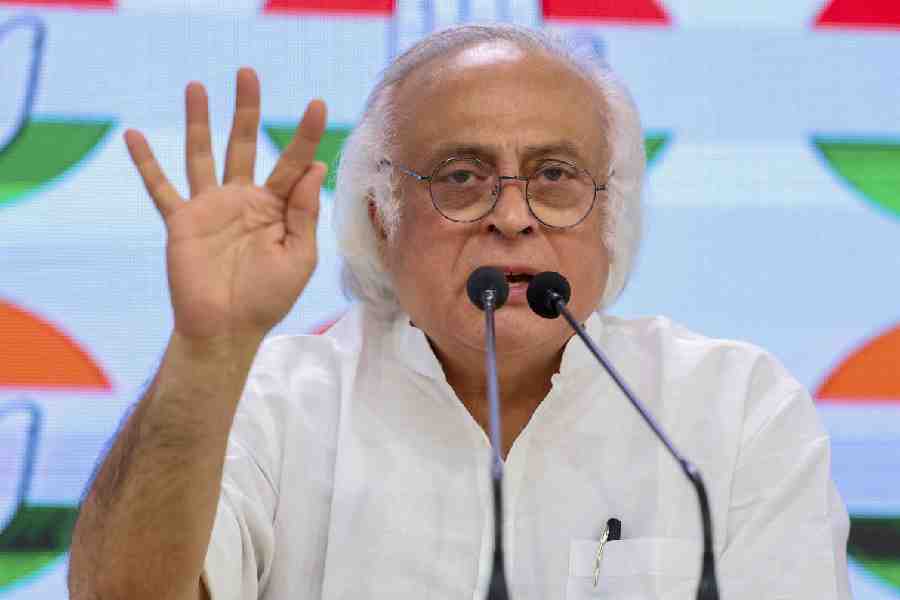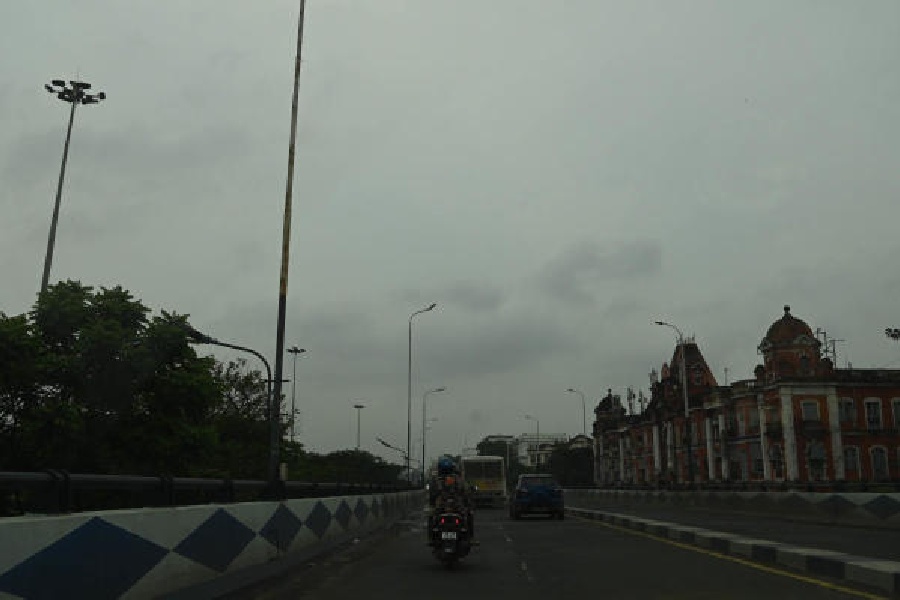 |
| Jean-Guy Lecat at The Stadel on Friday evening. Picture by Sanat Kr Sinha |
Jean-Guy Lecat is here to examine some prominent city theatres in terms of how well the architecture helps in concentration and enlivens the relationship between audience and actors. And who is Jean-Guy Lecat to examine and evaluate our theatres? Well, he is credited with the design, transformation and creation of more than 200 theatres around the world. And if that is not enough, he has worked with a certain Samuel Beckett and been Peter Brook’s set designer for over 30 years.
“All around me I find theatre houses which remind me of 15th Century Italy. It is not just India, this is true all over the world... we seem to be trapped in boxes within boxes! But this is the 21st century, and it is high time we tried to change the relationship between stage space and audience,” declared Lecat, who will also conduct workshops and interact with local theatre directors, technicians and architects during his five-day stay in town.
Organised by Anya Theatre and Aarshi Theatre groups in collaboration with The French Association and Eastern Zonal Cultural Centre (EZCC), the events will be spread over the newly-opened Anya Theatre Bhavan in Salt Lake, Max Mueller Bhavan, Bharatiyam, Bangla Akademi and Sujata Sadan.
“A hundred years ago someone said of theatres, ‘we cannot make new food in an old pot’. But we still haven’t been able to figure out what a new space for theatre must look like. In Europe, some theatres have given way to multifunctional spaces but even these are not perfect. We are too comfortable, less willing to experiment. India must think of something for herself. If the plays, actors and audience are Indian, why not have Indian spaces?” asked Lecat.
The Frenchman, who started as a factory worker, took up architecture and then moved to set and theatre designing, feels theatres should never be treated like temples. They should be “neutral zones”, open to interpretation. The right way for architects to build theatres is to begin by asking and then working in collaboration with set designers.
“One reason why there was no problem with sets in ancient theatre is that the architect was himself the set designer,” said Lecat.
In the Avignon version of Peter Brook’s Mahabharata, the theatre was an open limestone quarry outside the city where spectators sat on scaffolding facing massive boulders, rose-tinted cliffs 100-ft high and a vast playing space filled with luminous yellow sand.
A canal of real water, constructed by Lecat, flowed across the back of the space with a small pond reflecting the action down front. Lecat, who has also worked in car parks and built temporary stages in abandoned music halls, warns against giving too much importance to space.
“For me, sets come last in the list of priorities in any theatre production. First comes the idea, second the text, third and fourth are the actors and audience, next comes costumes which tell you when and where and lights which can create the illusion. Space comes last and if you have a good show you can even do without sets,” stressed Lecat, who now prefers to work with young theatre professionals who drive him on to “continue searching”.
Theatre is complex, he feels, because one has to take so many human beings into consideration and all questions should be resolved within the time frame. But it is also about keeping things simple and “freeing ourselves”.










